At What Price Should I Sell My Home?
As a homeowner, you can play an important part in the timely sale of your property. When you take the following steps, you'll help Jim and Dawn sell your home faster, at the best possible price.
In setting the list price for your home, you should be aware of a buyer’s frame of mind. Based on a list of houses for sale in your neighborhood (which can be in the form of a printed list from us, or online search results that you’ve found yourself), buyers will determine which houses they want to view. Consider the following pricing factors:
- If you set the price too high, your house won’t be picked for viewing, even though it may be much nicer than others in the area. You may have told Jim and Dawn to "Bring me any offer. Frankly, I’d take less." But in that list of houses, yours simply looks too expensive to be considered.
- If you price too low, you'll short-change yourself. Your house will sell promptly, yes, but before it has time to find the buyer who would have paid more.
NOTE: Never say "asking" price, which implies you don't expect to get it.
Determine the Proper List Price
To determine the proper list price, contact us and have us provide you with the following professional services:
- Furnishing comparable sales.
- Analyzing market conditions.
- Helping to determine offering incentives.
- Estimating your net proceeds.
Using Comparable Sales
No matter how attractive and polished your house, buyers will be comparing its price with everything else on the market. Your best guide is a record of what the buying public has been willing to pay in the past few months for property in your neighborhood like yours.
Jim and Dawn can furnish data on sale figures for those "comps", and analyze them for a suggested listing price. The decision about how much to ask, though, is always yours. The list of comparable sales we bring to you, along with data about other houses in your neighborhood presently on the market, is used for a "Comparative Market Analysis (CMA)". To help in estimating a possible sale price for your house, the analysis will also include data on nearby houses that failed to sell in the past few months, along with their list prices.
This CMA differs from a formal appraisal in several ways. One major difference is that an appraisal will be based only on past sales. In addition, an appraisal is done for a fee while the CMA is provided by us and may include properties currently listed for sale and those currently pending sale.
In the normal home sale, a CMA is probably enough to let you set a proper price. A formal written appraisal (which may cost a few hundred dollars) can be useful if you have unique property, if there hasn't been much activity in your area recently, if co-owners disagree about price, and any other circumstance that makes it difficult to put a value on your home.
Comparative Market Analysis (CMA)
A Comparative Market Analysis (CMA) often includes Days on the Market (DOM) for each comparable house sold. When real estate is booming and prices are rising, houses may sell in a few days. Of course, when the market slows down, average DOM can run into many months.
Jim and Dawn can tell you whether your area is currently a buyer's market or a seller's market. In a seller's market, you can price a bit beyond what you really expect, just to see what the reaction will be. In a buyer's market, if you really need to sell promptly, offer a sharp price.
What Your Home is Worth?
To find out what your home is worth in today's market, contact us to receive a Free Market Evaluation of your home.


